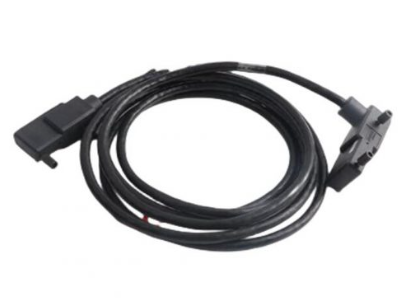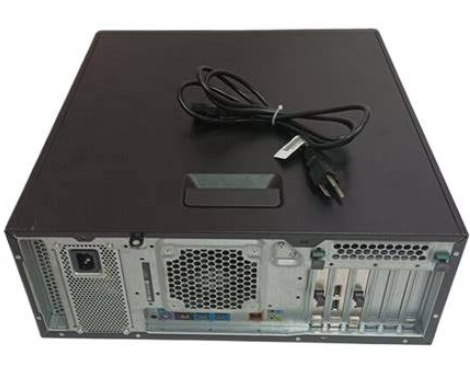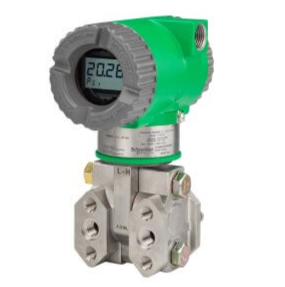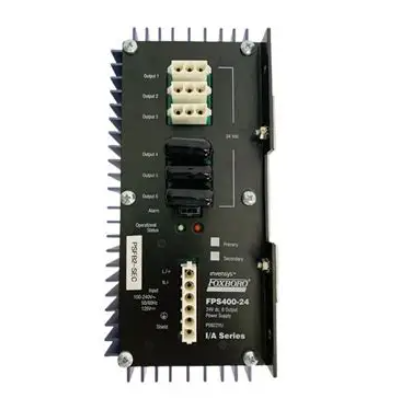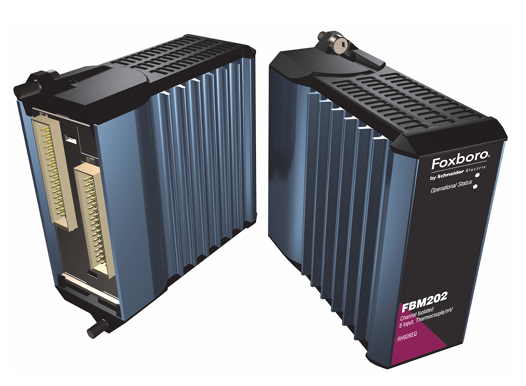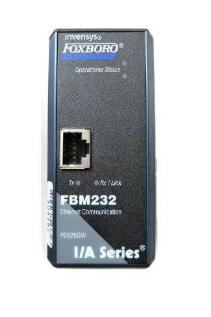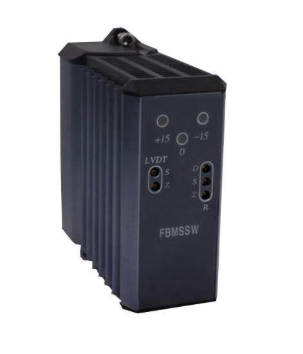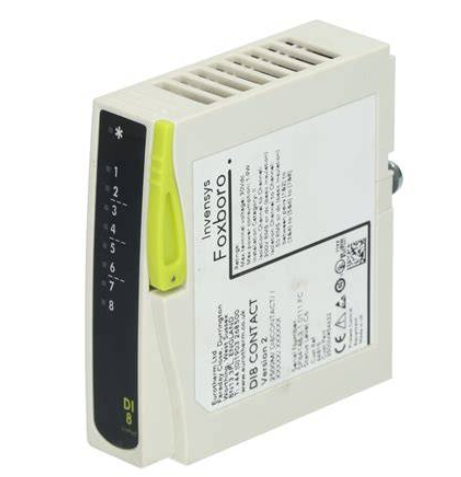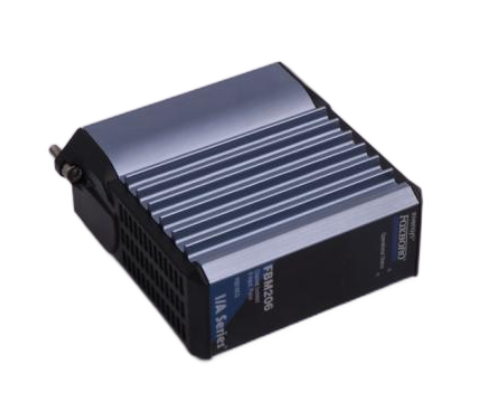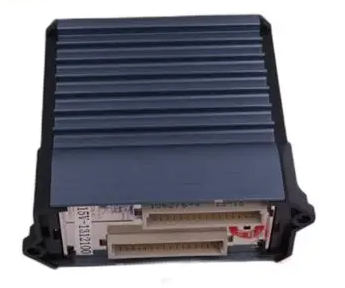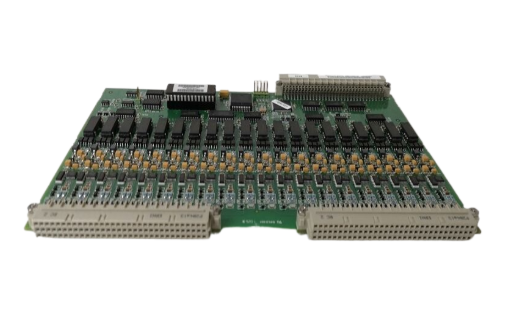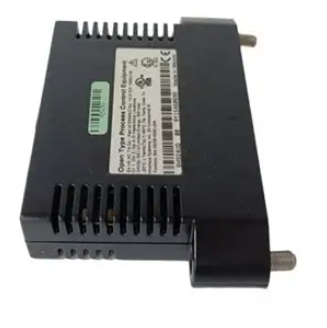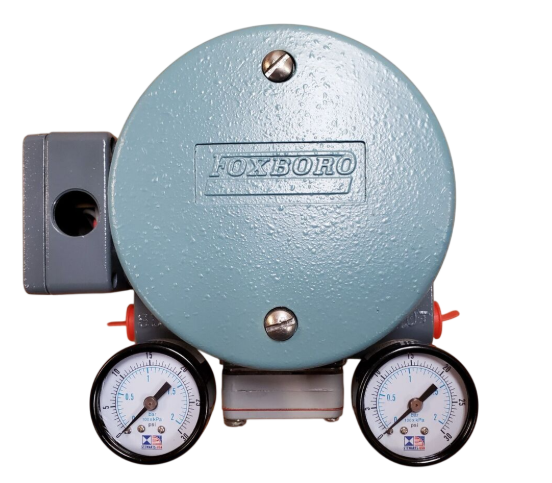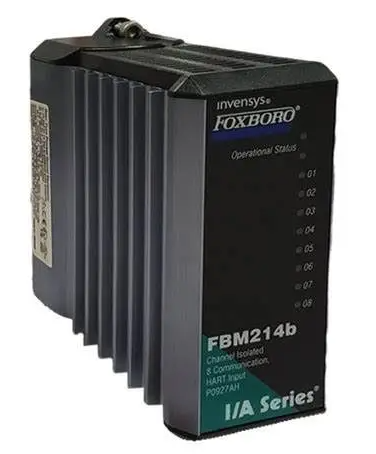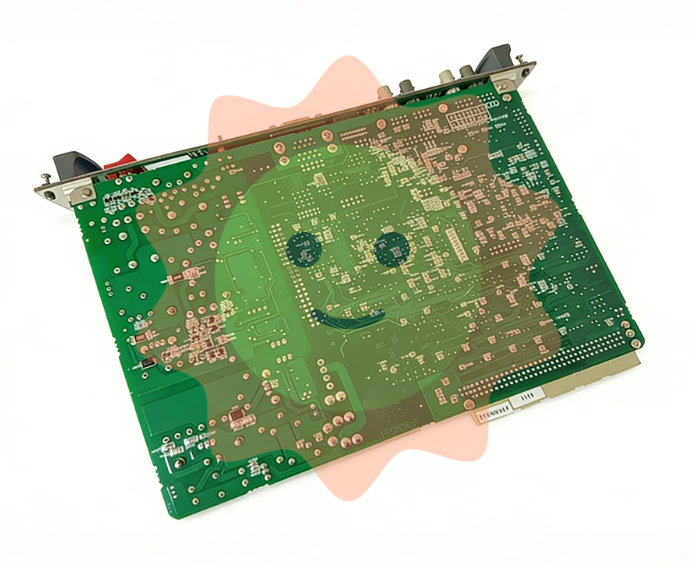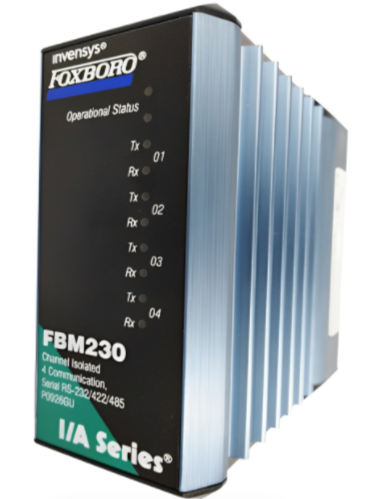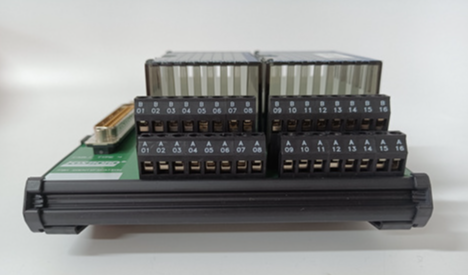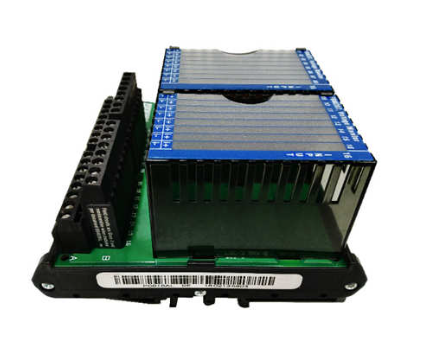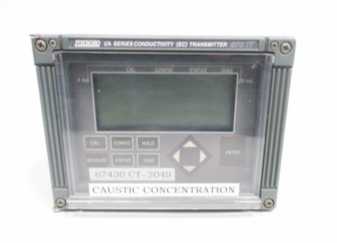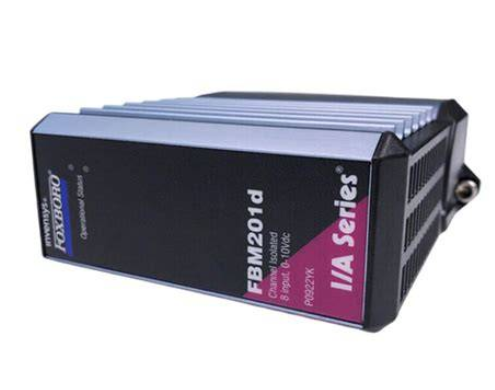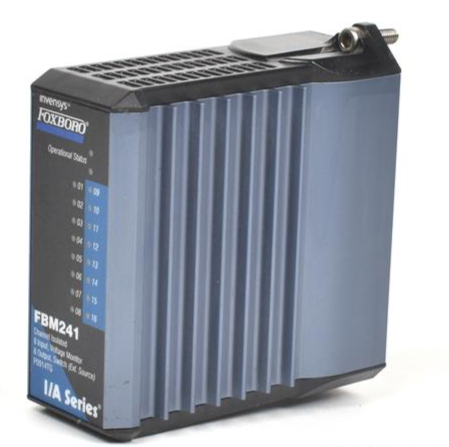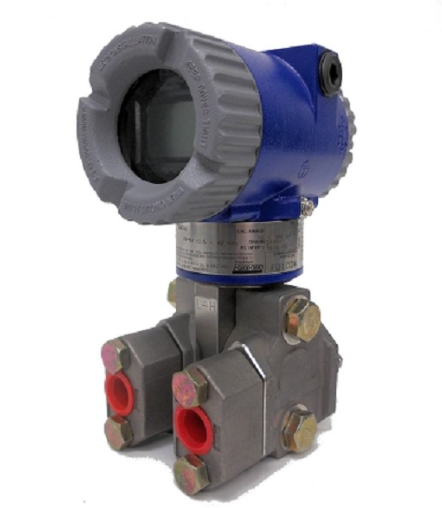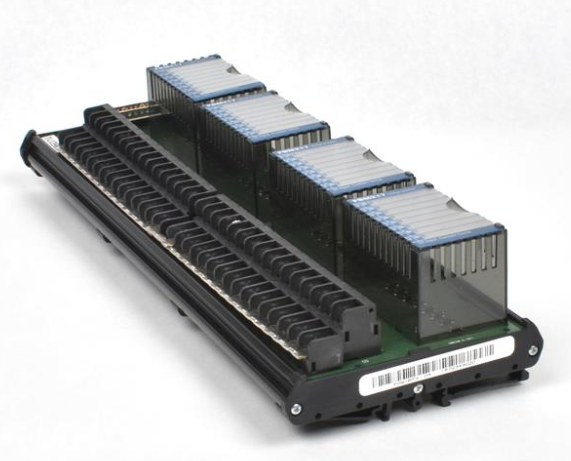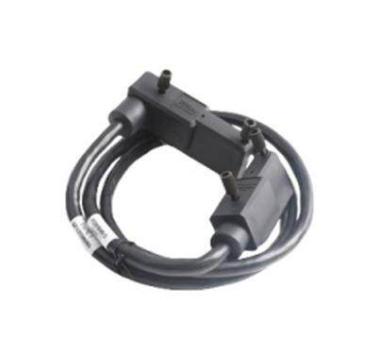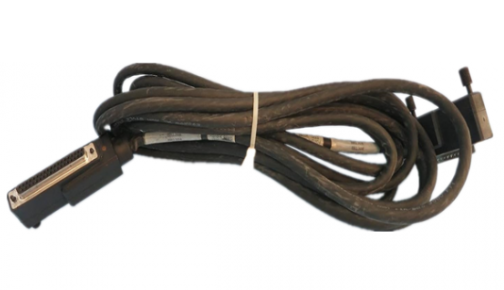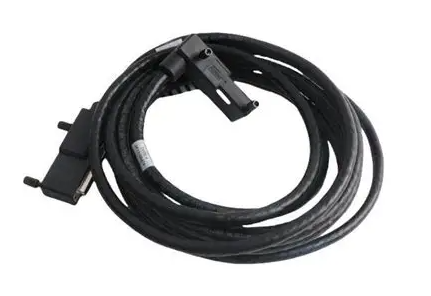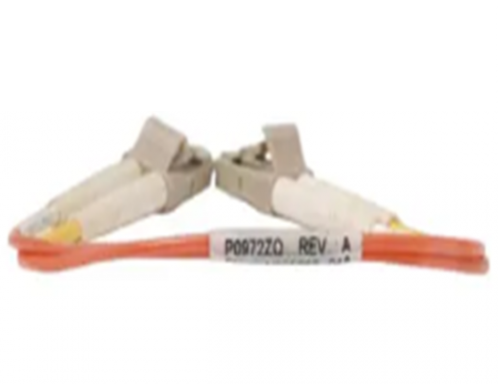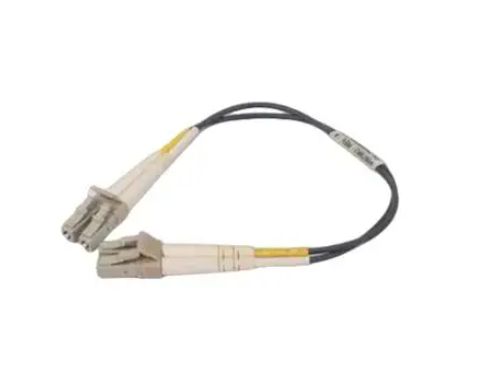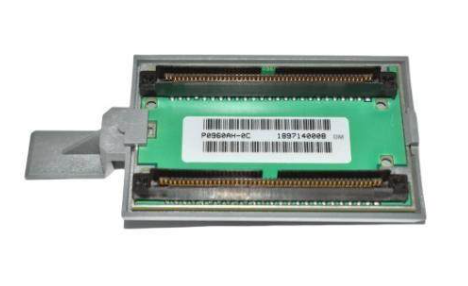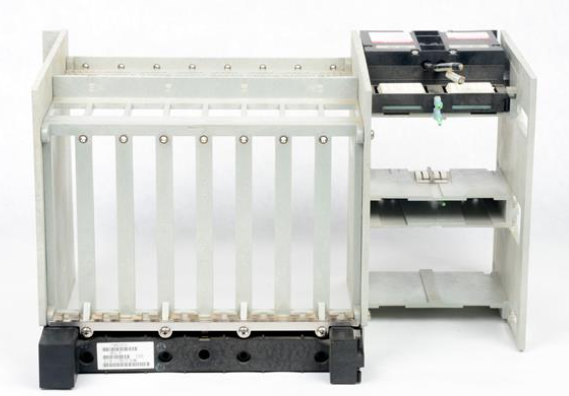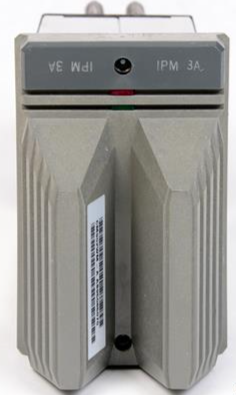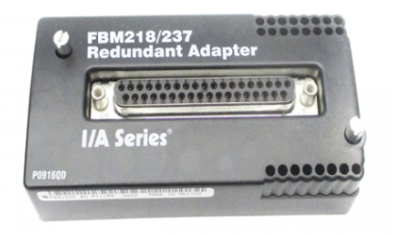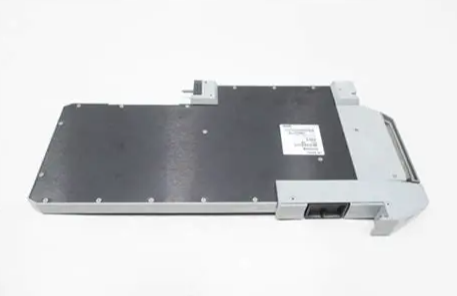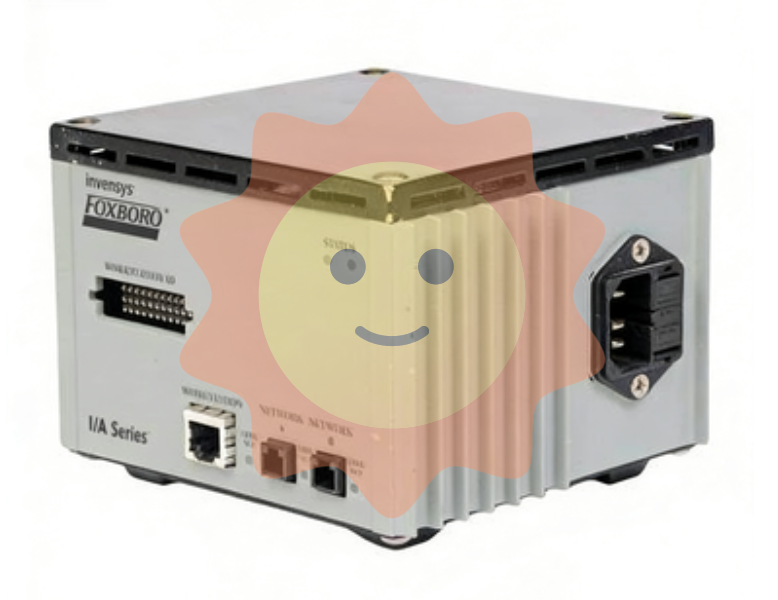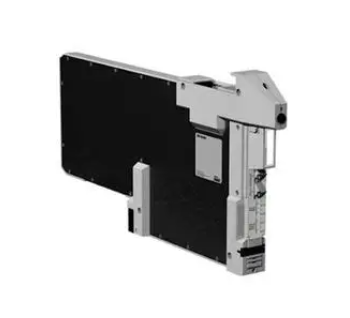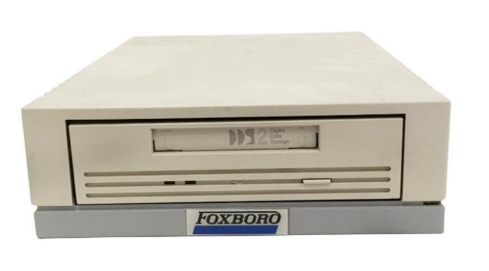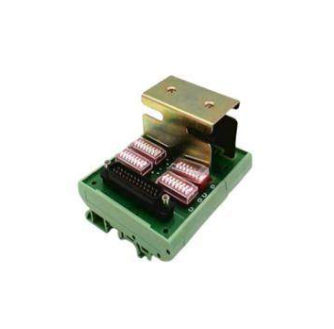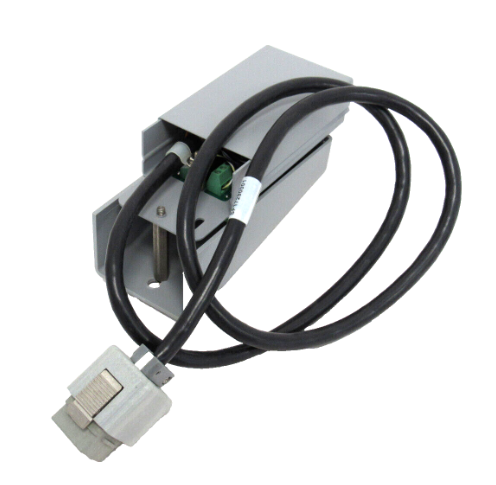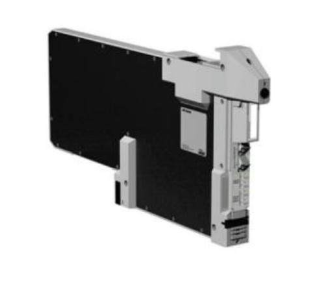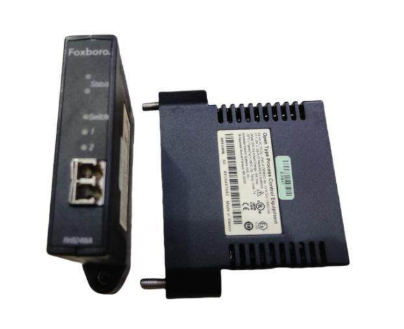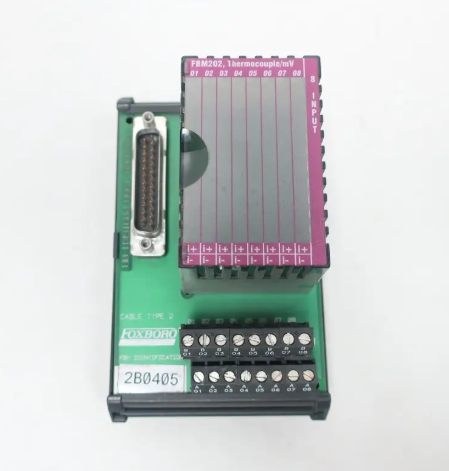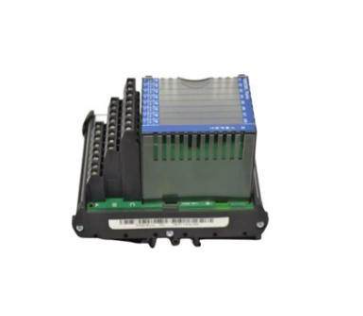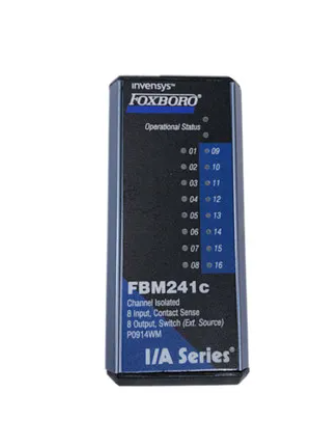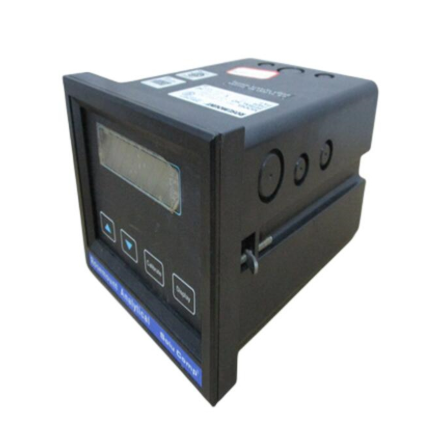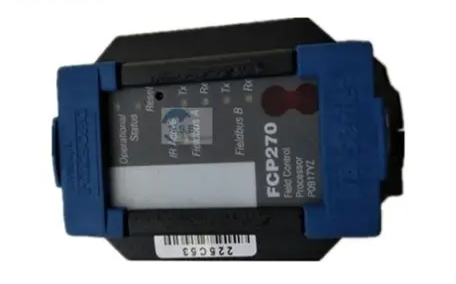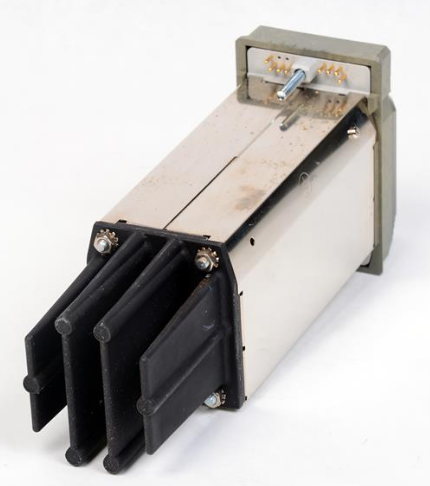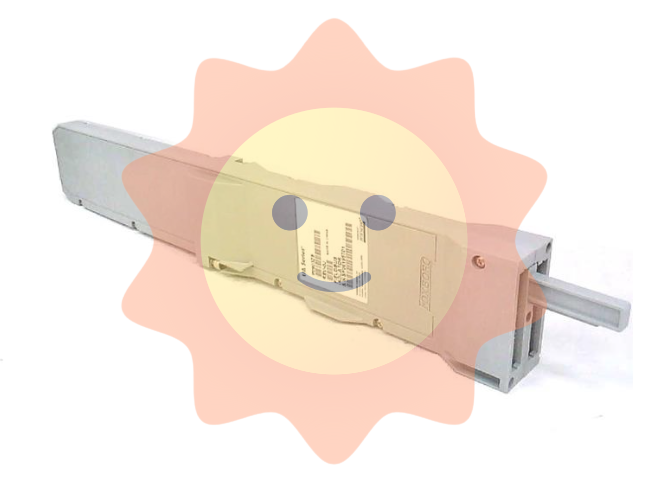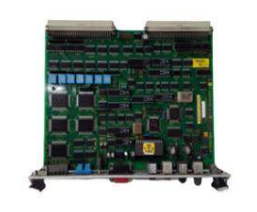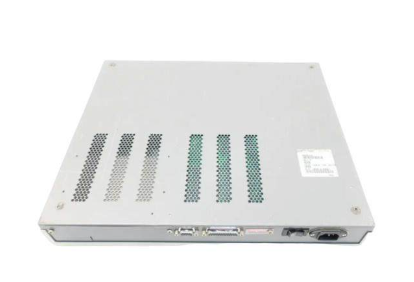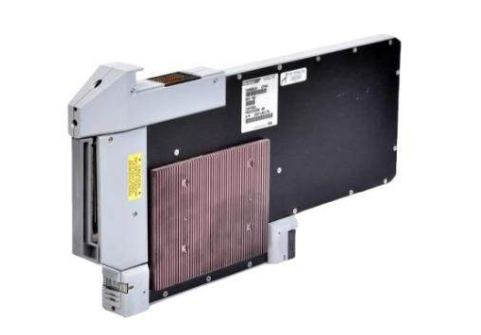ABB 969-54 New Automation Controller Module DCS PLC Module
ABB 969-54 New Automation Controller Module DCS PLC Module
Product Overview
ABB 969-54 is a powerful new automation controller module that belongs to the category of DCS (Distributed Control System) PLC (Programmable Logic Controller) modules. It plays a core role in industrial automation systems, enabling precise control and efficient management of various equipment and systems in the production process. With advanced architecture design, this module has powerful data processing and computing capabilities, and can quickly respond to various complex control instructions, ensuring the stable and reliable operation of industrial production processes. Whether it is a small automated production line or a large industrial production facility, intelligent control and management can be achieved through ABB 969-54, greatly improving production efficiency and quality.
Brand background
ABB, as a globally renowned manufacturer of electrical equipment, was formed in 1988 through the merger of Swedish company Ascia and Swiss company Braunschweig, with its headquarters located in Zurich, Switzerland. ABB has always been a leader in the field of electrical and automation technology. Its business is widely distributed in over 100 countries worldwide, with a total of 130000 employees. Over the years, ABB has accumulated a good reputation in many key industries such as energy, industry, transportation, and infrastructure, relying on its profound technological foundation, continuous innovation and research and development capabilities, and strict control over quality, providing comprehensive, reliable, and efficient electrical solutions to global customers.
Specification parameters
Processing speed: With high-speed data processing capability, it can complete a large amount of data computation and instruction execution in a very short time, quickly respond to signal changes from external devices, ensure timely control, and meet the high real-time requirements in industrial production scenarios, such as real-time monitoring and control of high-speed production lines.
Storage capacity: With sufficient program and data storage space, it can store complex control programs and real-time data from a large number of production processes, facilitating historical data tracing and analysis, and providing data support for optimizing production processes.
Input/output interface: Equipped with a variety of input/output interface types and quantities, it can flexibly connect various external devices such as sensors and actuators. Common digital input/output interfaces that can be used to control devices such as switches and indicator lights; The analog input/output interface is suitable for connecting temperature, pressure, flow and other sensors to achieve precise control of continuously changing physical quantities.
Communication interface: Supports multiple standard communication protocols, such as Ethernet communication interface, which can achieve high-speed data transmission and interaction with the upper computer, other controllers, and factory information system; Simultaneously supporting fieldbus protocols such as Modbus and Profibus, facilitating communication and connection with field devices, and building a complete automation control system network.
Core functions
Logical control: capable of controlling the production process based on preset logical rules. For example, on an automated assembly line, the start stop, operation direction, and speed of various motors, valves, and other equipment can be controlled based on the position of the product, signals detected by sensors, and other conditions to achieve automated processing and transportation of the product.
Sequential control: Execute a series of operational steps in a predetermined order. In the chemical production process, the feeding, stirring, heating, discharging and other process flows of the reaction kettle can be precisely controlled to strictly ensure the sequence and time interval of each step, ensuring the safety and stability of the production process.
Data collection and processing: Real time collection of data from various sensors on the production site, such as temperature, pressure, flow rate, etc., and analysis, calculation, and storage of these data. By processing data, abnormal situations in the production process, such as equipment failures, process parameter deviations, etc., can be detected in a timely manner, and alarm signals can be issued in a timely manner for operators to handle.
Remote monitoring and diagnosis: With the help of communication interfaces, remote monitoring functions are supported, and operators can view real-time equipment operation status, parameter information, etc. in the remote control center. At the same time, the module has fault diagnosis function, which can automatically detect faults in itself and connected devices, and provide detailed fault information, facilitating maintenance personnel to quickly locate and eliminate faults, and reducing equipment downtime.
Working principle
When the ABB 969-54 module is working, it first receives signals from external devices such as sensors and buttons through the input interface. These signals are converted and then enter the central processing unit (CPU) inside the module. The CPU performs logical operations and processing on input signals based on pre written and stored control programs in modules, determines the current state of the production process, and generates corresponding control instructions according to preset control strategies. These instructions are then sent to actuators such as motors, valves, etc. through output interfaces to control their actions, thereby achieving precise control of the production process. Throughout the entire process, the module will continuously collect on-site data for real-time monitoring and feedback adjustment to ensure that the production process is always in optimal operating condition.
- EMERSON
- Honeywell
- CTI
- Rolls-Royce
- General Electric
- Woodward
- Yaskawa
- xYCOM
- Motorola
- Siemens
- Rockwell
- ABB
- B&R
- HIMA
- Construction site
- electricity
- Automobile market
- PLC
- DCS
- Motor drivers
- VSD
- Implications
- cement
- CO2
- CEM
- methane
- Artificial intelligence
- Titanic
- Solar energy
- Hydrogen fuel cell
- Hydrogen and fuel cells
- Hydrogen and oxygen fuel cells
- tyre
- Chemical fiber
- dynamo
- corpuscle
- Pulp and paper
- printing
- fossil
- FANUC
- Food and beverage
- Life science
- Sewage treatment
- Personal care
- electricity
- boats
- infrastructure
- Automobile industry
- metallurgy
- Nuclear power generation
- Geothermal power generation
- Water and wastewater
- Infrastructure construction
- Mine hazard
- steel
- papermaking
- Natural gas industry
- Infrastructure construction
- Power and energy
- Rubber and plastic
- Renewable energy
- pharmacy
- mining
- Plastic industry
- Schneider
- Kongsberg
- NI
- Wind energy
- International petroleum
- International new energy network
- gas
- WATLOW
- ProSoft
- SEW
- wind
- ADVANCED
- Reliance
- YOKOGAWA
- TRICONEX
- FOXBORO
- METSO
- MAN
- Advantest
- ADVANCED
- ALSTOM
- Control Wave
- AB
- AMAT
- STUDER
- KONGSBERG
- MOTOROLA
- DANAHER MOTION
- Bently
- Galil
- EATON
- MOLEX
- Triconex
- DEIF
- B&W
- ZYGO
- Aerotech
- DANFOSS
- KOLLMORGEN
- Beijer
- Endress+Hauser
- MOOG
- KB
- Moxa
- Rexroth
- YAMAHA
- Johnson
- Westinghouse
- WAGO
- TOSHIBA
- TEKTRONIX


Email:wang@kongjiangauto.com

